I was visiting my brother, Houston, and his wife, Lynda. We were on a ramble across mid-Georgia, hoping to visit Warm Springs and tour the “Little White House.” We’d had several distractions along the way, and whether or not we would actually make it to Warm Springs was in question. Spoiler alert – we did make it. But not without a few more distractions, both coming and going.
We had spent some time in Madison and Monticello, but the day was getting away. We figured that without too many stops we could still arrive in Warm Springs with time to tour the site before closing. Yet, we were still following our route that avoided interstates.
Just outside the town of Griffin we had another distraction. As we entered town we passed through a very large cemetery on both sides of the road. To the right was a war memorial which featured the Spirit of the American Doughboy by E. M. Viquesney. We had seen one in Madison, and it was surprising to see this one relatively close.
I guess it stands to reason. When Viquesney started working on the sculpture he was living in Americus, Georgia. The first installation was at Furman University, but the original doughboy statue is in Nashville, Georgia.
I noticed that this memorial had been updated to include the “Global War on Terror.”
Next to the memorial was the Stonewall Confederate Cemetery. The land for the cemetery was donated by General Lewis Griffin, Confederate veteran and namesake of the town.
We continued on through the town then took the quickest route on down to Warm Springs. We started to see wide vistas, which surprised me quite a bit. It reminded me of the vistas of the High Hills of the Santee. We drove through the small town and found the Little White House. We got there in plenty of time for a tour of the site.
We started with a film narrated by Walter Cronkite, which should give you some indication of the age of the film. Regardless, it was very well done, and documented FDR’s time at Warm Springs. He had been diagnosed with polio in 1939 and had come to the area because of the purported healing qualities of the hot springs. FDR’s interactions with the local citizens shaped much of his policies for the new deal.
There was a small exhibit behind the theater with items belonging to FDR and Eleanor Roosevelt, including his blue convertible with hand controls that he drove through the countryside.
From there we walked on over to the Little White House residence. Just before getting to the small cottage there were a couple of sentry posts for Marine and Secret Service guards, as well as quarters for support staff.
As for the Little White House, its simplicity struck me. It stood in stark comparison to the ostentatious demands of the current administration. It also stood in stark comparison to the amount of history made in this humble cottage.
One thing I hadn’t spotted until just now was that the park employs many persons with handicaps.
Our last stop was to view the FDR portraits. FDR was sitting for a portrait by Elizabeth Shoumatoff on April 12, 1945 when he suffered a cerebral hemorrhage and died shortly thereafter. The portrait remained unfinished. Shoumatoff later completed another portrait of FDR from memory to honor the late president. Both paintings were on display in the Legacy Room of the park.
We stopped in the gift shop, bought a couple of expensive pecan rolls, and headed on for the next adventure.
The Little White House sits at the base of Pine Mountain. We drove to the top where there were spectacular views of the surrounding area. The road up and down the mountain was four-lane but very steep. From there we drove back into town.
Warm Springs has a weird dichotomy. The main street is lined with quaint stores, now mostly antique and curio shops. A large building houses a B&B.
However, take a stroll through Eleanor’s Alley and you wind up in a totally different world. Here you will find “Old Bullochville”, which was the original name for Warm Springs.
This is basically a faux town for bikers, with several bars and restaurants and lots of…rather strange stuff. It looks like most of this has been closed up for a long time because it’s starting to deteriorate.
There were some restaurants open, but nothing that caught our eye as far as dinner was concerned. In general, apart from the main street, the entire place looked like it was just about abandoned.
From Warm Springs we drove over to Roosevelt Warm Springs Institute for Rehabilitation. We were hoping to find the eponymous springs. However, what we found instead was a rather modern facility, and no springs. Most of the FDR era buildings were gone. There were historic cottages – some preserved, and some dilapidated. Water from the springs is now pumped into an indoor pool in the Ruzycki Center for Therapeutic Recreation, built in 1996. For whatever reason, I don’t have any photos of our drive through the institute.
We left Warm Springs for the long drive back to Watkinsville. For some reason the GPS took us on a slightly different route. We stopped for a moment in the town of Concord to take photos of some scenic buildings.
We encountered another one of Georgia’s scenic courthouses in the town of Zebulon, the county seat of Pike County. Yes, the town and county were named for Zebulon Pike, of Pike’s Peak fame, even though Pike had nothing to do with Georgia. He was hailed as a war hero after dying in the War of 1812 and towns around the country were named for him in his honor. Kind of like Washington or Lincoln, but now Pike’s exploits have faded from memory, with the exception of his peak in Colorado.
We had dinner just outside of Zebulon, then ran into a bit of a problem. A bridge was out over Lake Jackson, so we were re-routed. That turned out to be serendipitous. Our new route took us past a dramatic Rosenwald School. This one was either a five or seven teacher Nashville design, rather rare. The smaller Rosenwald Schools seem to have survived better than the larger ones. These were often torn down to free up land. So it was a pleasant surprise to find this one on Highway 36 in Butts County. We drove past it, then turned around to come back and photograph it in the setting sunlight.
Given the size of the school and some of the features such as a garage door, this may have been an African-American high school with vocational training. However, I can find no record of this school. GNIS doesn’t have a school listed at this location, and the Fisk University Rosenwald Database has no listing for Butts County. The building is far too large to have been moved from another site. This one is a mystery. Here’s a view of it from Google Earth:
By this time it was starting to get dark. Having hit one detour it was time to take the fastest route back, which involved I-20. I had been driving a LONG time and I was tired. It was a great day of exploration, but we still had a full weekend ahead of us.






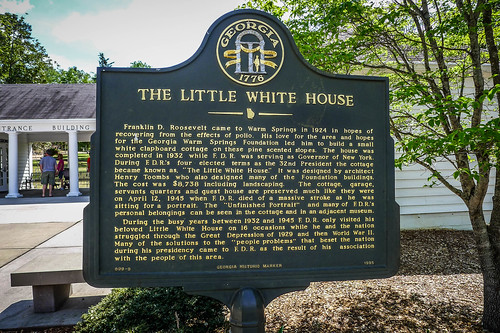



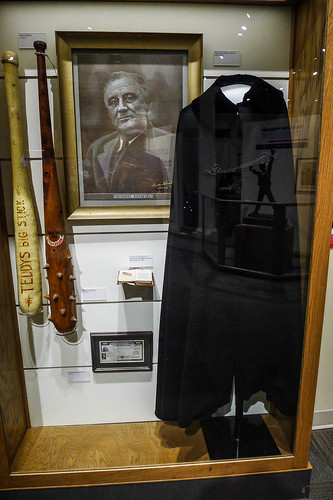















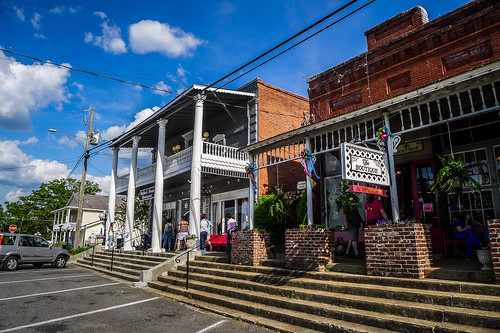

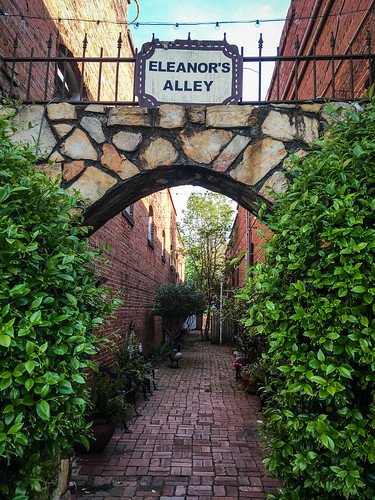






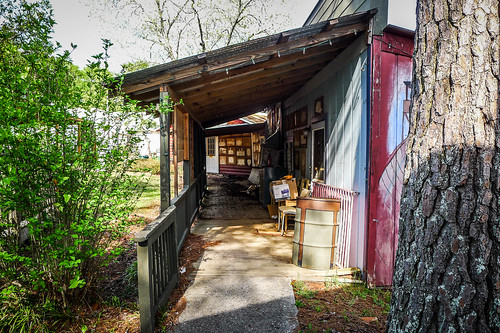







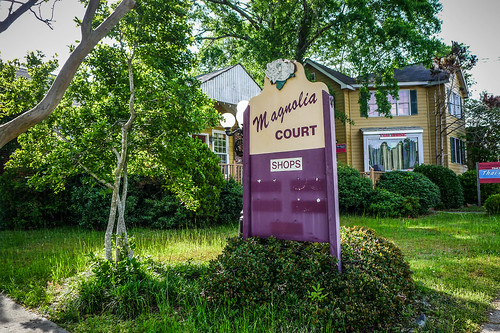








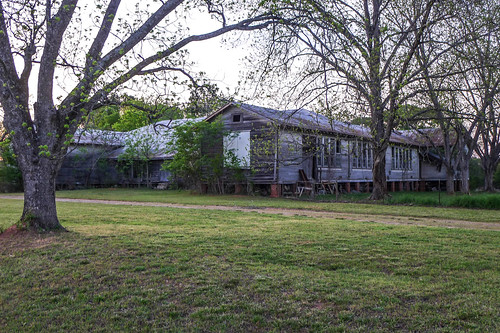



I had a little time to do some digging this morning. Both 1940 & 1952 Butts County GA DOT maps name your mystery school as Tussahaw School.
Thanks! I’ve been so busy writing and recovering from that trek that I hadn’t had a chance to check other resources. That gives me a new search term!
Understood my busy friend! Also try Tussahaw Consolidated School. That one produced some good hits.
I just posted a follow-up. This is still a mystery.